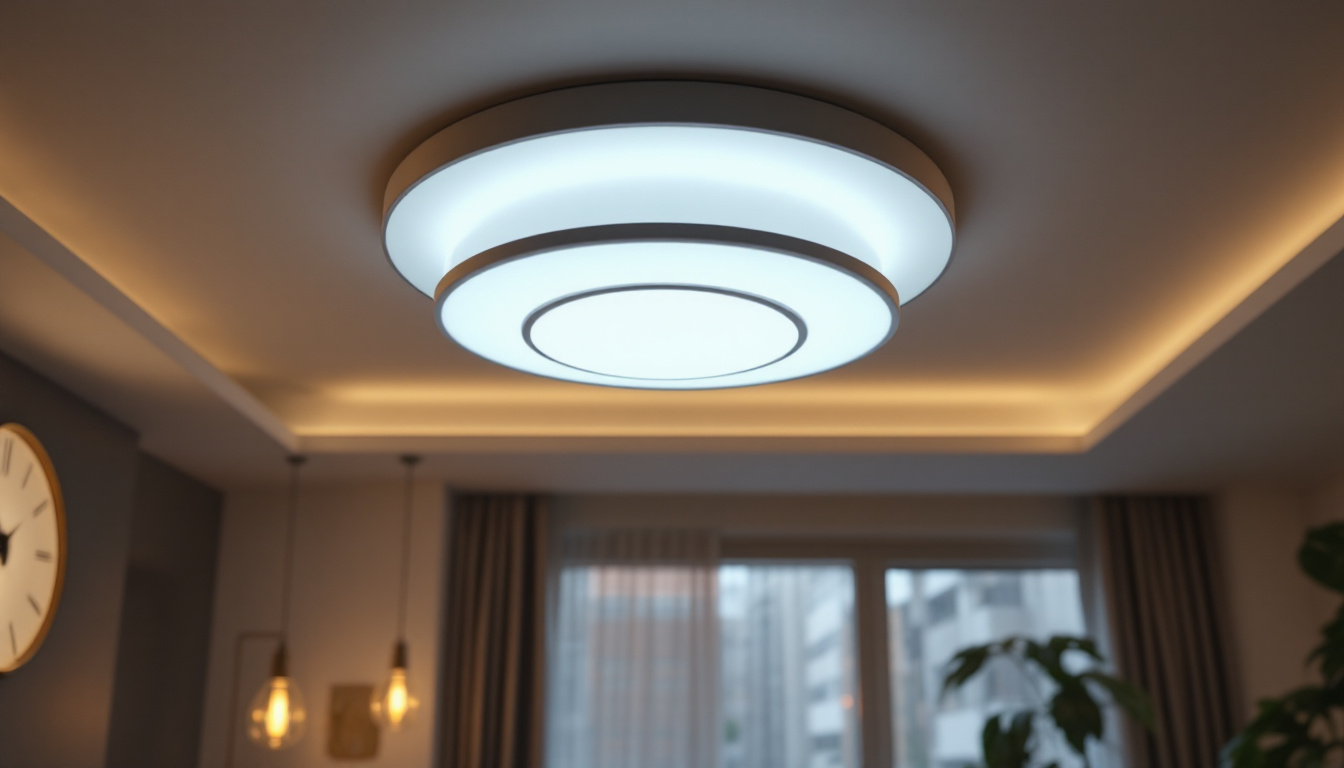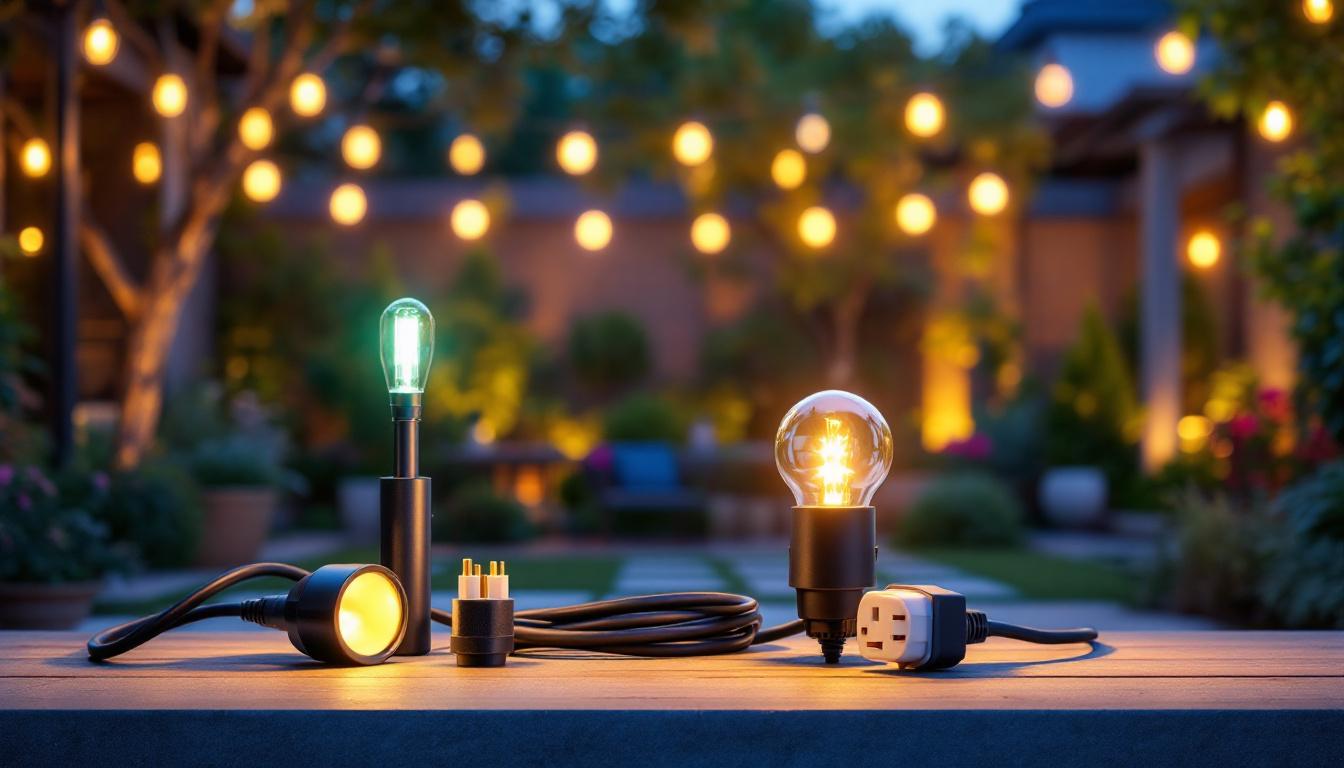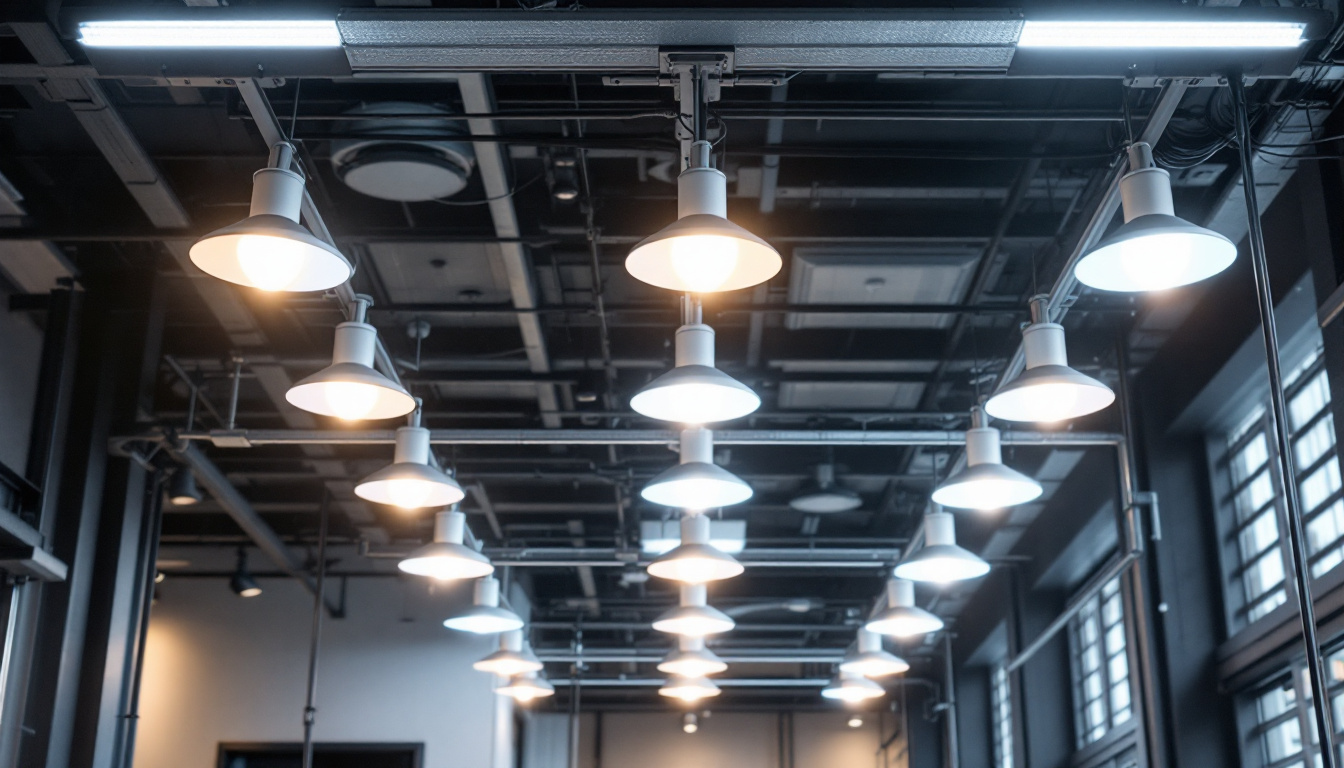
In the realm of lighting design, ceiling lights play an indispensable role. They serve not only as a source of illumination but also as a pivotal element in defining the ambiance and functionality of a space. For lighting contractors, understanding the nuances of ceiling lights can significantly enhance the success of their projects. This article delves into the importance of ceiling lights, their various types, and tips for effective installation.
Ceiling lights are often the primary source of light in residential and commercial spaces. They provide general illumination, making them essential for visibility and safety. However, their significance extends beyond mere functionality. The right ceiling light can transform a room, highlighting architectural features and enhancing the overall aesthetic.
Moreover, ceiling lights can influence the mood of a space. Bright, white lights can create an energetic atmosphere, while softer, warmer tones can foster relaxation. Understanding the psychological impact of lighting is crucial for contractors aiming to meet their clients’ needs effectively.
Ceiling lights come in various styles, shapes, and finishes, allowing contractors to match them with the interior design of a space. From sleek, modern fixtures to ornate chandeliers, the choices are vast. Selecting the right ceiling light can complement the decor, making it a focal point or a subtle enhancement.
In addition to style, the placement of ceiling lights can also affect the visual appeal of a room. Strategically positioning lights can draw attention to artwork, architectural details, or even create interesting shadows that add depth to the space. For example, a well-placed pendant light over a dining table not only illuminates the area but also serves as a conversation starter, adding character to the room. Furthermore, the use of multiple light sources can create a layered lighting effect, enriching the ambiance and making the space feel more inviting.
Ceiling lights are not just about aesthetics; they also offer functional versatility. Many modern ceiling lights come equipped with features such as dimming options, color temperature adjustments, and smart technology compatibility. These features allow contractors to tailor the lighting to specific tasks or moods, enhancing the usability of the space.
For instance, in a kitchen, bright white light is ideal for cooking and food preparation, while a living room may benefit from softer, warmer light for relaxation. By understanding the intended use of each space, contractors can recommend the most suitable ceiling lights. Additionally, the integration of smart lighting systems can further enhance functionality, allowing users to control their lighting remotely or set schedules for different times of the day. This not only adds convenience but also promotes energy efficiency, as lights can be programmed to turn off when not needed, reducing electricity consumption and costs.
There is a diverse range of ceiling lights available in the market, each designed to serve different purposes. Familiarity with these types can help contractors make informed decisions that align with their clients’ needs.
flush mount lights are a popular choice for spaces with low ceilings. They sit close to the ceiling, providing ample light without taking up much space. These fixtures come in various designs, making them suitable for both modern and traditional interiors.
Flush mounts are ideal for hallways, bedrooms, and kitchens, where they can provide general illumination without obstructing the view or creating a cluttered appearance. Additionally, many flush mount lights are designed with energy-efficient LED bulbs, which not only reduce energy consumption but also have a longer lifespan compared to traditional bulbs. This makes them an excellent choice for homeowners looking to minimize their environmental impact while still achieving a well-lit space.
pendant lights hang from the ceiling, typically suspended by a cord or chain. They are versatile and can be used in various settings, from dining areas to kitchens. Pendant lights can serve as statement pieces, adding character and style to a room.
When installing pendant lights, it is crucial to consider their height and spacing. Proper placement can enhance functionality while ensuring they do not obstruct movement or sightlines. Furthermore, pendant lights come in a wide array of materials, colors, and shapes, allowing homeowners to express their personal style. For example, a cluster of small pendant lights can create a dramatic effect over a kitchen island, while a single oversized pendant can serve as a striking centerpiece in a dining room.
Chandeliers are often associated with elegance and luxury. These ornate fixtures can serve as a stunning focal point in dining rooms, entryways, or grand living spaces. They come in various styles, from traditional crystal designs to modern minimalist interpretations.
While chandeliers can be visually striking, they also require careful consideration regarding scale and placement. A chandelier that is too large can overwhelm a space, while one that is too small may fail to make an impact. Additionally, many contemporary chandeliers incorporate smart technology, allowing homeowners to adjust brightness and color temperature to suit their mood or occasion. This blend of functionality and aesthetics makes chandeliers not just a lighting solution, but also a versatile design element that can transform the ambiance of any room.
Proper installation of ceiling lights is essential for ensuring their effectiveness and safety. Lighting contractors must be well-versed in the best practices for installing various types of ceiling lights.
Before beginning any installation, it is vital to ensure that all electrical work complies with local codes and regulations. This includes checking the wiring, ensuring the circuit can handle the load, and using appropriate safety gear.
Contractors should also be aware of the importance of turning off power at the circuit breaker before starting any installation. This precaution helps prevent electrical shocks and ensures a safe working environment. Additionally, it is advisable to use a voltage tester to confirm that the power is indeed off before proceeding with any electrical connections. This simple step can save contractors from potential hazards and ensure peace of mind while working.
Determining the correct height and placement for ceiling lights is crucial for both functionality and aesthetics. For flush mount lights, they should be installed at least seven feet above the floor to avoid obstruction. Pendant lights, on the other hand, should be hung at a height that allows for comfortable movement beneath them, typically around 30 to 36 inches above a countertop or table.
Additionally, the placement of ceiling lights should consider the layout of the room. For instance, in a large living area, multiple fixtures may be needed to ensure even illumination throughout the space. It is also important to consider the purpose of the room; for example, task lighting in a kitchen may require brighter, more focused fixtures, while ambient lighting in a bedroom can be softer and more diffuse. The color temperature of the bulbs used can also significantly impact the overall atmosphere, with warmer tones creating a cozy feel and cooler tones promoting alertness and focus.
In today’s environmentally conscious world, energy efficiency is a key consideration in lighting design. Ceiling lights can significantly impact energy consumption, making it essential for contractors to choose energy-efficient options.
LED ceiling lights have gained popularity due to their energy efficiency and longevity. Unlike traditional incandescent bulbs, LEDs consume significantly less energy and have a much longer lifespan. This not only reduces energy bills but also minimizes the frequency of bulb replacements, contributing to sustainability.
Furthermore, many LED fixtures now offer adjustable color temperatures, allowing users to customize the ambiance of their spaces while still enjoying energy savings.
Smart lighting technology has revolutionized the way ceiling lights are used. With the ability to control lighting through smartphones or voice commands, smart ceiling lights offer convenience and flexibility. They can be programmed to turn on or off at specific times, dimmed for different activities, or even change colors to suit various moods.
Incorporating smart lighting solutions into projects can not only enhance user experience but also appeal to tech-savvy clients looking for modern, efficient solutions.
Selecting the appropriate ceiling light for a project involves several considerations. Contractors must assess the specific needs of the space, the preferences of the client, and the overall design aesthetic.
Understanding the client’s needs is paramount. This includes discussing the intended use of the space, the desired ambiance, and any specific preferences regarding style or technology. Engaging in open dialogue can help contractors recommend the most suitable ceiling lights.
Additionally, contractors should consider the practicality of the lighting solutions. For example, in high-traffic areas, durability and ease of maintenance may take precedence over aesthetics.
Budget is always a crucial factor in any lighting project. Ceiling lights come in a wide range of prices, and contractors should work with clients to find options that fit within their budget while still meeting their aesthetic and functional requirements.
It is essential to communicate the long-term benefits of investing in quality ceiling lights. While cheaper options may seem appealing initially, they may not provide the same durability or energy efficiency as higher-quality fixtures.
Ceiling lights are a fundamental aspect of successful lighting projects, offering both functionality and aesthetic appeal. For lighting contractors, understanding the various types of ceiling lights, installation best practices, and energy-efficient options is crucial for delivering exceptional results.
By prioritizing client needs and staying informed about the latest trends and technologies, contractors can ensure that their lighting projects not only meet but exceed expectations. Ultimately, the right ceiling light can illuminate a space in more ways than one, creating environments that are both beautiful and functional.
Ready to elevate your lighting projects with the perfect ceiling lights? At LumenWholesale, we provide lighting contractors with the finest selection of spec-grade lighting products at unmatched wholesale prices. Say goodbye to unnecessary markups and hello to a vast array of reliable, high-performance options that meet the highest industry standards. With free shipping on bulk orders, you can stock up on premium lighting solutions without worrying about hidden fees. Don’t compromise on quality or value—choose LumenWholesale for a seamless blend of excellence and affordability. Wholesale Lighting at the Best Value is just a click away.

Discover essential insights into selecting and installing plugs for outdoor lighting with our comprehensive guide tailored for lighting contractors.

Discover the essential insights lighting contractors need to meet client expectations when it comes to retrofit kit LED installations.

Discover how solar lanterns can transform your lighting projects with eco-friendly efficiency and style.

Discover the pivotal role of 277V systems in modern lighting installations.